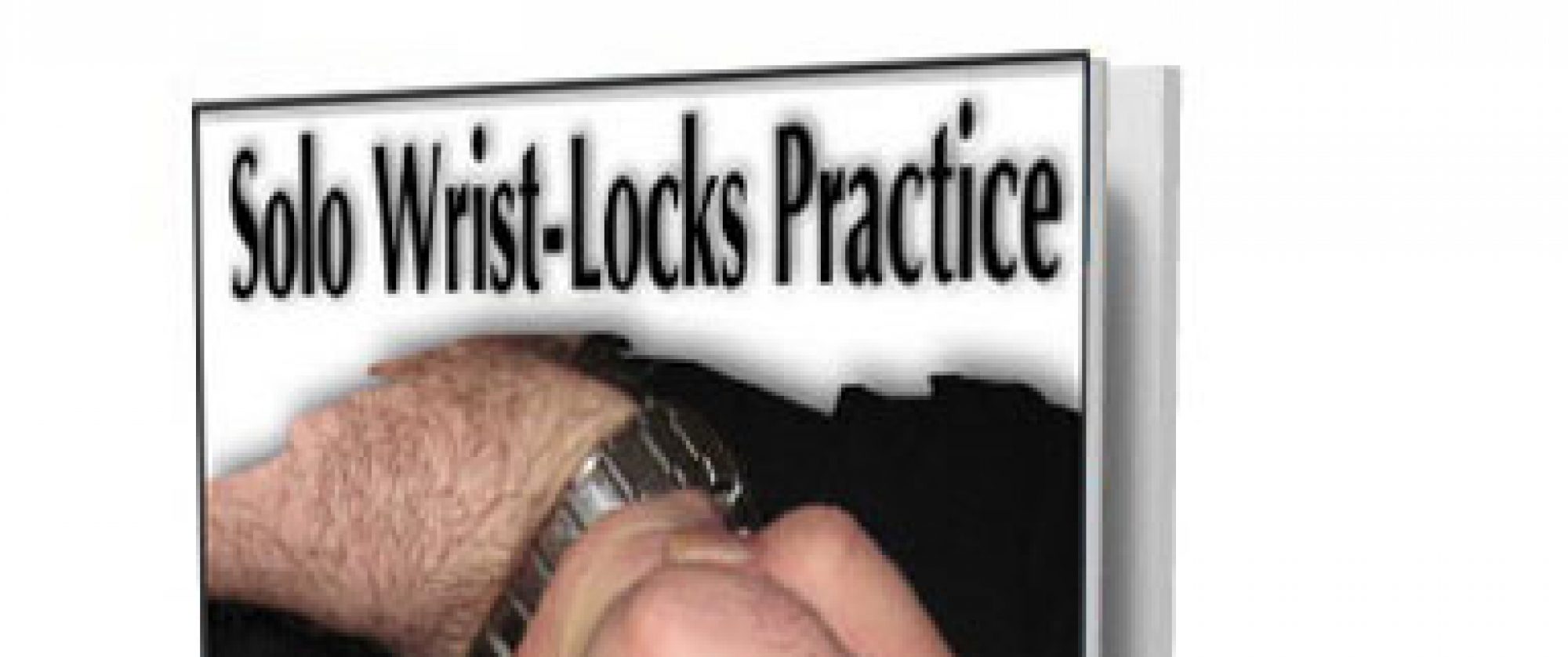Bruce Lee May Be Dead, But This Principle Lives On
by Keith Pascal
Even when I meet another instructor who does similar locks, there can still be a difference of opinion of one or two moves, principles, or strategies.
As mentioned, I recently attended a wrist-locking seminar. I thought that 95% of what they were doing fit into the “cool” category; still, I had a problem or two with a couple of parts of the training.
Problems?
Well, some of what I saw went against a Bruce Lee principle — a principle that Bruce Lee, himself, occasionally ignored “in his films.”
You all know the scene that I am referring to….
You’ll find it toward the beginning of “Enter the Dragon.” He’s working with his pupil.
Thwap … hit to the top of the head.
Okay, in your best imitation of Bruce-Lee’s voice, say, “Never take your eyes off your opponent … even when bowing.”
Good rule, eh?
Well, we have already discussed, ad nauseam, how this principle can be applied against those who do spinning kicks and spinning back-fist punches. Let’s not argue the spins here; you either follow the principle and avoid spinning, or you don’t.
But what about wrist locks and joint locks?
“Pardon?”
What about the locking techniques where you turn your back on your opponent? What about all of those controls that have you “rolling” and “tumbling” into position on the mat?
To be completely open and up front about this, there were a few moves (okay, at least one), where I felt there was no time to punch or kick the ‘dude’ locking you. It “felt” like a safe lock, without weak spots.
On the other hand …
most of the tumbles into the lock position felt that they had some “slack points” in the sequence of the lock. As the lock was effected, I felt a few points where I could have punched my partner in the back of the neck or kidneys.
There were also a couple of spots, where if I shifted my weight just a little, I could have dropped a knee into his (or her) calf (lower leg).
These locks, in my opinion, had problems. They had definite weak points. And the problems stemmed from taking one’s eyes off the enemy.
At this point, you have a few options. You can:
1. disagree with me and continue taking your eyes off your opponent during your locks.
2. loudly proclaim to the world that you don’t do “no stinkin’ locks,” and especially “no crummy somersault-type moves.”
3. avoid that variety of joint control in the future. Really try to keep your eyes on your opponent, at all times. (Yes, Yoda, “there is no try. Do or do not.”)
4. examine the locks where you do lose visual contact. Look for those “slack spots” mentioned. Change the flow of the lock, so there “is” constant pressure all the way to the position of control. Tweak the lock, so you do keep your eyes on your opponent.
